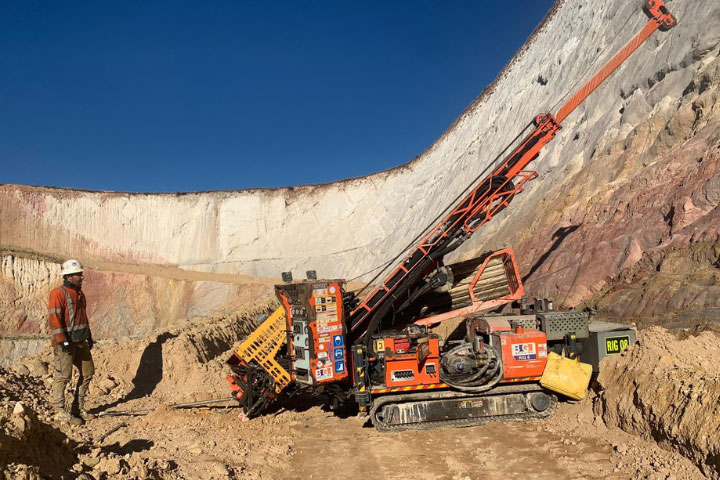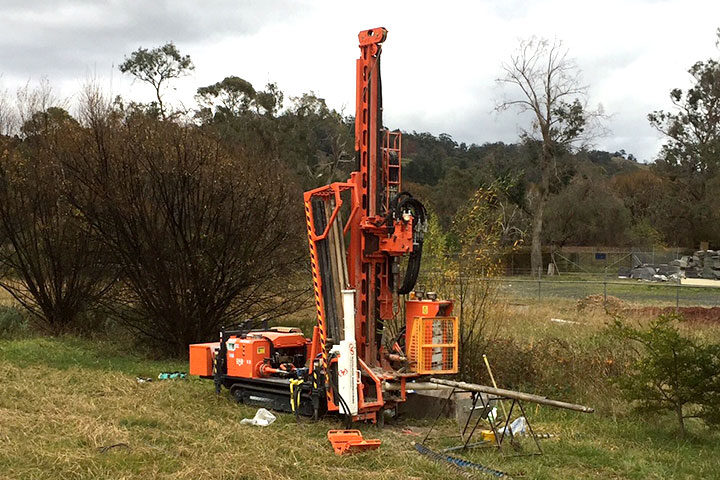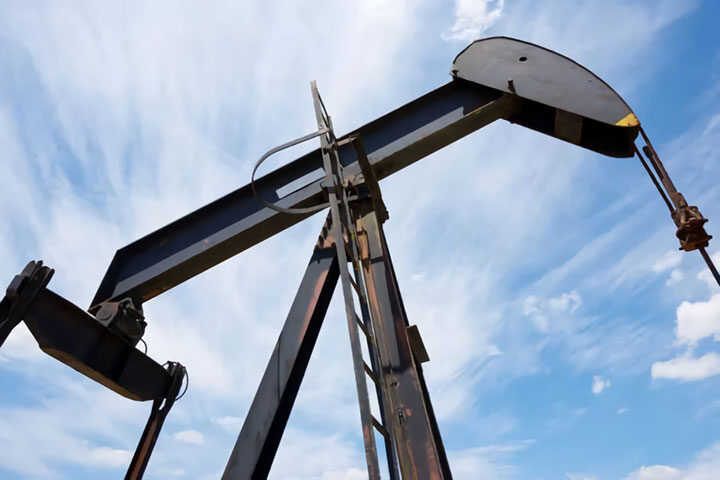
Geotechnical drilling is performed before any construction on a site begins. It is the use of drilling to determine the composition of soil at different depths throughout the site.
No matter what you’re building, you need to make sure it rests on a strong foundation. This means knowing what you place the foundations or columns upon. If you place your foundations above a void or on soil that’s likely to sink, then you’ll have major problems with your structure months or years down the line. This can lead to cracks in the foundation, uneven settling, and even, in extreme cases, a collapse of the structure itself.
The first step in onsite construction is site analysis. You need to know what’s there, not just on the surface, but metres below, to ensure that your structure will stand the test of time. With geotechnical drilling, sample locations are chosen by a drilling company, guided by quality control professionals, to create a soil profile of all the subsurface material throughout the site. This is one of the most important steps in the construction process. And, because of this, it’s important to make sure that the geotechnical drilling process is performed effectively, to spec, and in a way that ensures no challenges will arise further down the line.
Geotechnical drilling is equally important when you’re performing repairs on a damaged or collapsing structure. In some circumstances, over time, the subsurface material can degrade or erode. When this happens, it’s essential to perform a comprehensive subsurface analysis so that the repairs will be strong for many years to come.
While every site is different, there are some key things to keep in mind no matter what job you’re on or what type of material you’re dealing with. Here are some key tips for doing a geotechnical drilling job right, on time, within budget, and without damage to the personnel or structures involved:
1. Safety is the #1 Priority
I don’t care who you talk to about it, the truth is that life isn’t cheap. You have real people working with you and for you on the job. First and foremost, you have to make sure that those people are protected from injury and able to go home to their families at the end of the day.
This doesn’t end with the drilling crew. Most geotechnical drilling jobs are done in the city, in populated areas, on public roads, or around others who could be harmed if you operate without caution. So know the site. Don’t take unnecessary risks. Put the public and the crew first. This makes sense from a money perspective, but it goes deeper than that. You’re protecting life here, and there’s nothing more precious.
Practicals: PPE for everyone onsite and anywhere near the affected drilling areas. It’s also important to make sure that your equipment is precise, handled with experience, and affects only that specific area that you mean to work with. This may sound like a no brainer, but it’s key to doing the job so that no one gets hurt.
2. A solid job means a clean work site
Often, geotechnical drilling involves testing for contamination. In order to do this, you have to be clean and careful with the samples. Many contaminants are tested down to the PPM. That’s Parts Per Million. Introduce some foreign contaminants to the site, and suddenly your numbers are way off. Just as bad, if you aren’t careful with your sample material, it can completely skew the soil profile. Think about testing for water or gas leakage beneath the surface of a city street. This is no joke. A clean work site means an accurate analysis and a solid start for your structure or repair.
3. A finished job is a neat site
Professional drilling contractors don’t leave a mess when they finish the job. In an unpopulated area, this just means a challenge that the construction crew has to come behind you and fix. Not the end of the world, but it makes you the kind of contractor that others aren’t all that happy to work with. However, if you’re doing a job in populated areas like the road or the middle of the city, a mess left after the job can create a hazard. To keep your site neat, you need to know how to get into tight spots, do the job, and get back out of them without wrecking the area. And, when you’re done, it’s important to clean things up and put the site back as was when you found it. This is one of the key differences between the amateur and the professional.
If you have questions about geotechnical drilling or any aspect of drilling on your project, feel free to give us a call. BG Drilling knows drilling. We know how to work in the Sydney area, and we stand ready to handle your drilling job, no matter how big or small, with the highest level of experience and professional service. Contact us if you want to find out more.



